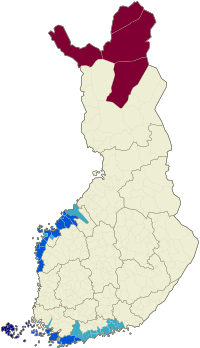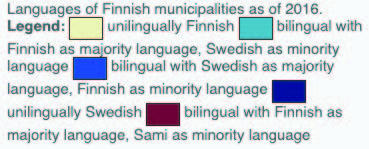

Source: Parade.
Schnable examined how this change in survey method created significant changes in response rates by looking at a subset of the 2021 GSS data, finding that phone responses to questions about intense religiosity registered a 45 percent response rate compared to only 25 percent in web surveys. The lower response on intense religiosity was also related to how response categories had changed under the web method, for instance, allowing for an answer of “somewhat strong” religiosity that was not provided in previous surveys. He further examined this change by using data panels from 2016, 2020, and three months in 2020–2021 to identify survey-takers, finding that those considered to be among the “disillusioned, disadvantaged, disinformed, and disconnected” in surveys are the ones who tend not to finish web surveys, creating a drop-out effect for 2021. Taking this effect into account, there was actually no decrease in intense religiosity for 2021, and indeed the rate even went up a little from previous years.
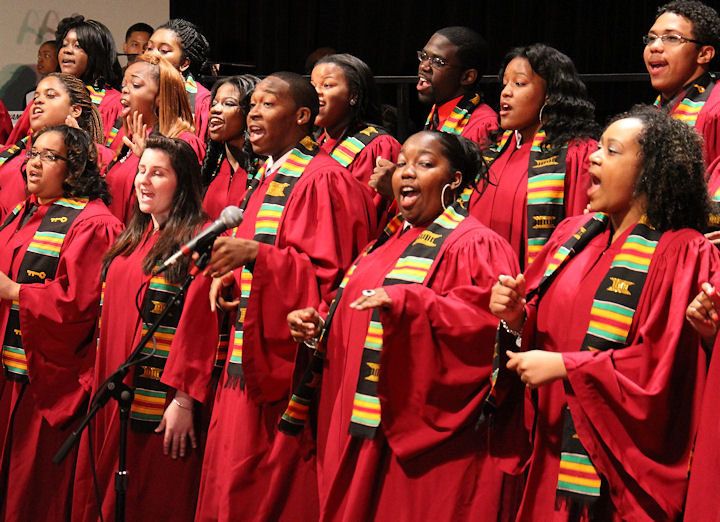
Source: Pinterest.
He estimated that 40 percent of the black students at these schools could be said to live in religion deserts, while another 20 percent have just one of these kind of churches to attend. This is in contrast to other religious minorities, such as Jews (with 60 percent having a nearby synagogue to attend), Latino Catholics (80 percent having a Catholic church nearby), and Muslims (11 percent having a nearby mosque). That leaves many African American Christians to attend alternative black religious organizations on campus, such as religious Greek letter organizations, parachurch organizations, such as InterVarsity or Cru, denominational student ministries, or performing arts groups, such as gospel choirs. Pitt concludes that these religion deserts may be a reason why many blacks drop off from religious involvement during these years of their lives.
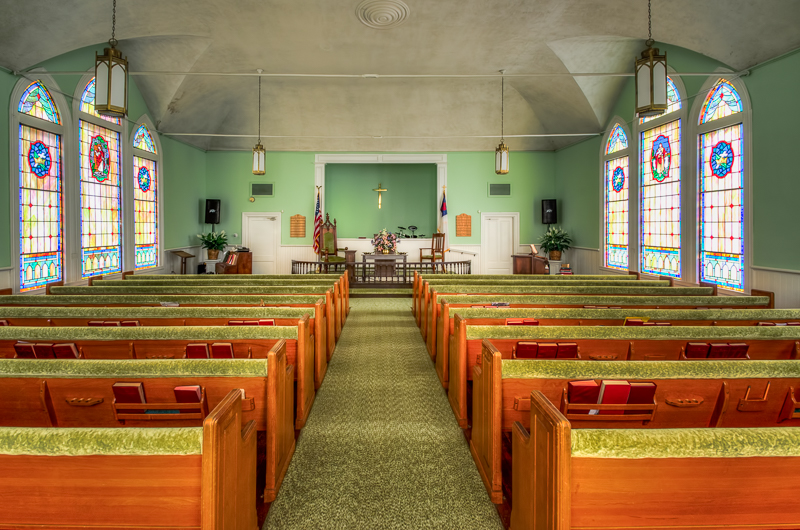
Source: Historical Rural Churches / John Kirkland.
This “conservative individualism without trust” is apparent in relation to questions such as whether most people try to take advantage of others. A majority of 54 percent in the survey agreed, and 58 percent said that people are looking out for themselves. The responses from white Southern Protestants who attended church every week, on the other hand, were almost the direct opposite. Sixty-two percent said that most people would “try to be fair” rather than take advantage of them, and 57 percent said that most of the time, people “try to be helpful.” Those who attended church weekly were also more likely to vote than those who hardly ever attended. “When people leave church, they retain that moralism—at least insofar as it pertains to other people—but lose the sense of self-sacrifice and trust in others. They keep their Bible, their gun, their pro-life pin, and their MAGA hat, but also pick up a condom and a marijuana joint and lose whatever willingness they had to care for other people in community,” Williams concludes. But in the blog Religion in Public (August 27), political scientists Ryan Burge and Paul Djupe question Williams’ analysis. They do not find that Southerners who attend church once a year or less are as pro-life as frequent attenders. Instead, low attenders across regions “appear to be more supportive of gun control, abortion rights, removing Trump, and other liberal positions,” they write.
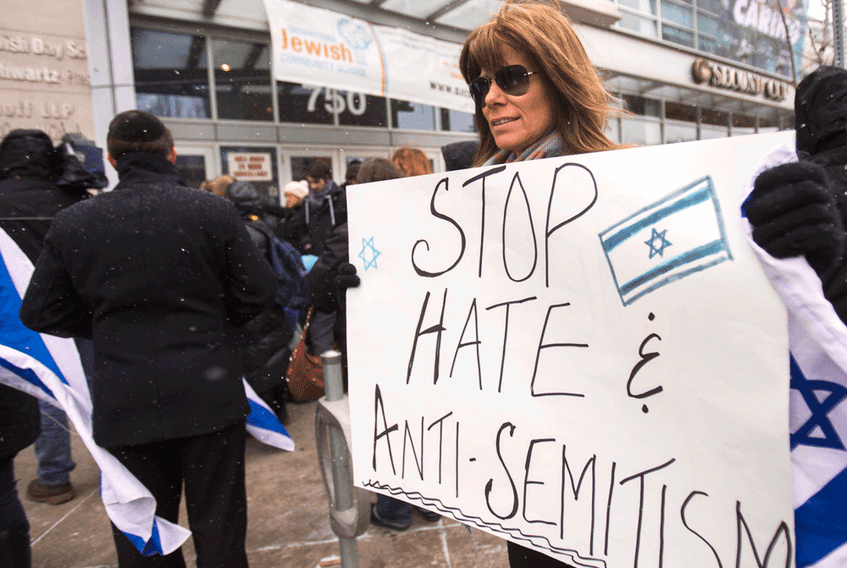
Source: The Atlantic Jewish Council.
